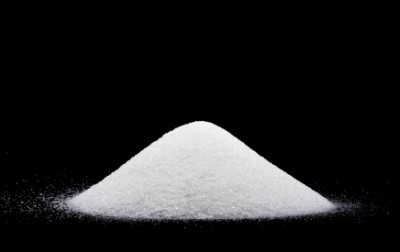EFSA panel says advantame is safe for use

The sweetener and flavour enhancer has been developed by Ajinomoto and is reportedly 37,000 times sweeter than sugar. It is derived from aspartame and vanillin, with a sweet taste similar to aspartame but with a slightly longer sweetness duration.
EFSA noted that advantame is stable under normal storage conditions, but that there is some instability in acidic beverages and heat-treated foods.
The ingredient and its main metabolite have been tested in mice, rats, rabbits, dogs and humans, and have been found to be poorly absorbed by the body.
The panel concluded that advantame is not of concern with regards to genotoxicity and carcinogencity. The only critical effect observed in animal studies was gastrointestinal disturbance in one prenatal study in rabbits. The no observed adverse effect level (NOAEL) for this effect was 500 mg of advantame per kilogram of bodyweight per day.
Based on this finding, the panel built in a 100-fold uncertainty factor when setting maximum consumption levels for humans, and established an acceptable daily intake (ADI) of 5 mg per kilogram of bodyweight per day.
“Conservative estimates of advantame exposure for high level adults and children consumers were below the ADI for the proposed use levels,”it said.“…Advantame was well tolerated in single or repeated doses up to 0.5 mg/kg bw/day by normo-glycemic or diabetic subjects.”
Ajinomoto says that advantame can also be used to enhance flavours like dairy, fruit, citrus and mint, can be used to extend sweetness duration in chewing gum and improve the sweetness profile of confectionery products.























